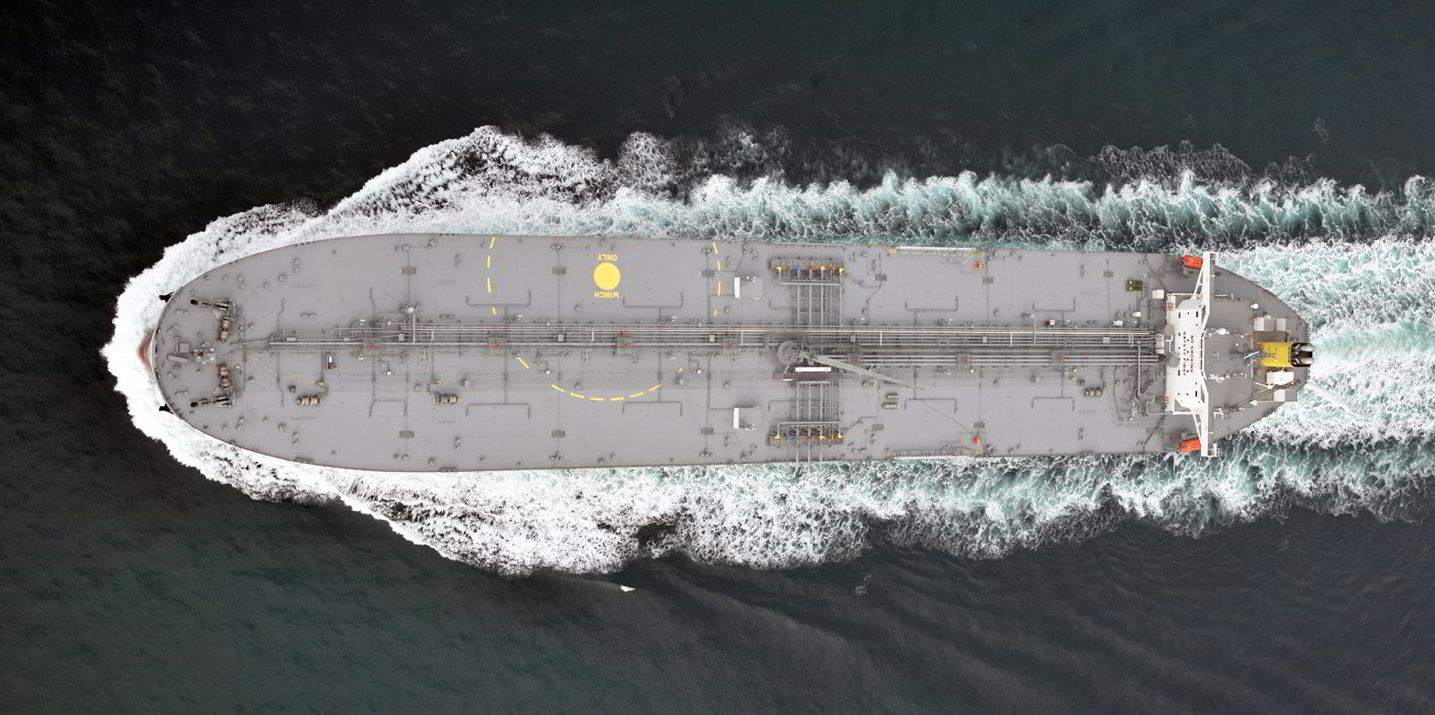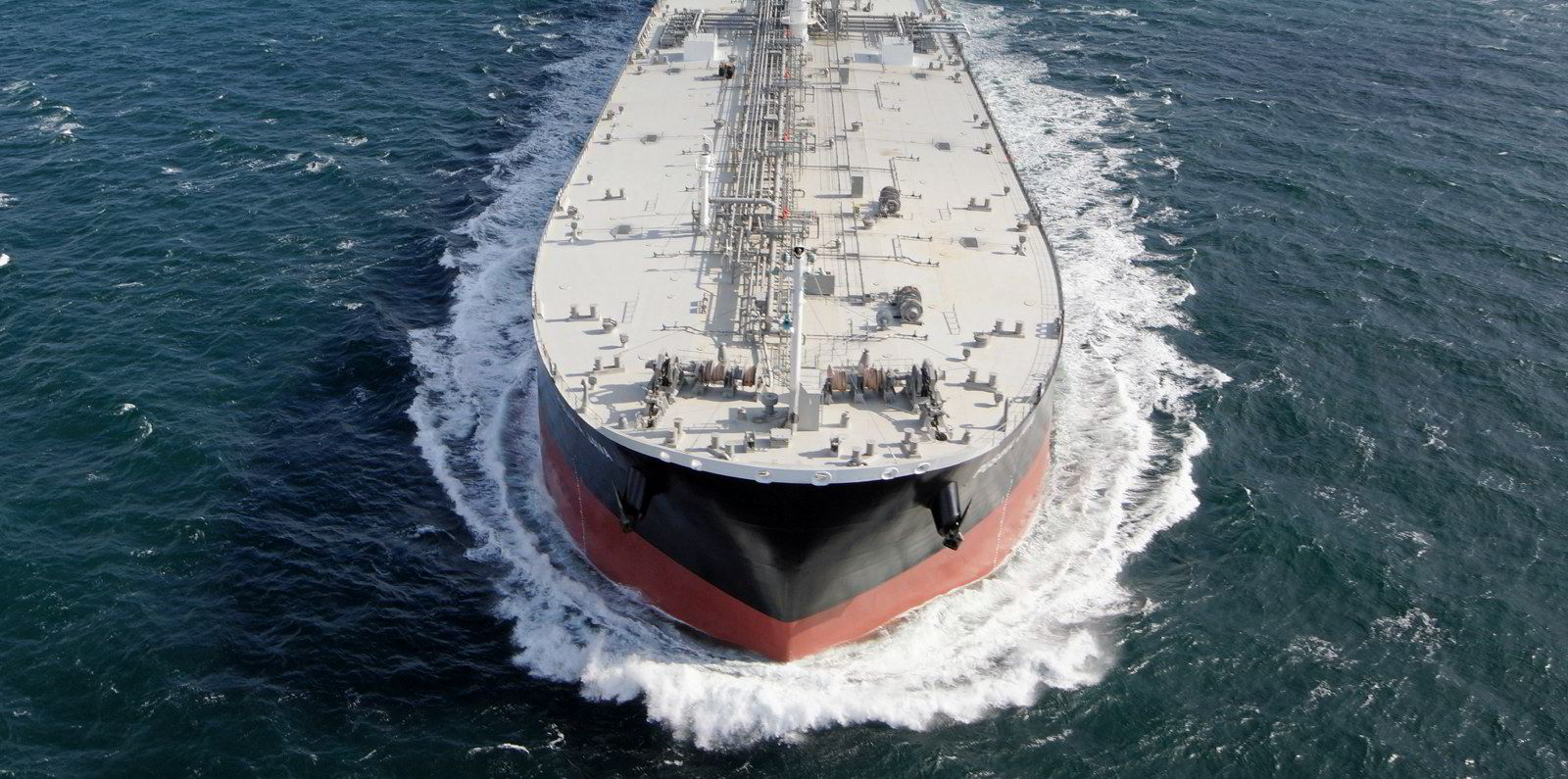Aframaxes are sailing on longer ballast voyages due to changes in tanker trading patterns brought on by Russia’s invasion of Ukraine, according to Braemar.
The distance that the average aframax travels on its ballast voyage is said to have been growing faster than the distance travelled on its laden leg since March 2022.
As a result, the ballast voyage length as a percentage of loaded voyage length has steadily risen over the same period.
Anoop Singh, head of tanker research at Braemar, said: “In the second quarter of 2022, the average aframax vessel travelled about 2,100 nautical miles on its ballast voyage. This was 18% longer than the average ballast distance for the aframax fleet in the first quarter of this year.”
While the average laden leg for the aframax fleet also increased in the second quarter, this growth only made the loaded leg 10% longer than it had been in the first three months of the year for the aframax fleet.
“And that has made the aframax fleet progressively less efficient since the war re-oriented crude flows,” Anoop said.
“While longer laden legs do lengthen their underlying ballast legs, all else being equal, this time, the faster-growing ballast journeys are creating demand on their own merit.”
Because crude trade flows have realigned to carry Russian crude farther away while forcing European refiners to get their crude from farther out, laden legs have become longer.
“Most of that realignment has resulted in aframaxes travelling on longer-haul laden journeys from Russian ports in the Atlantic basin and the Black Sea,” Anoop said.
“On the other hand, growing ballast distance suggests a falling share of optimised triangulated voyages relative to the back-and-forth round voyages in the aframax fleets.”

Anoop said the scarcity of tonnage available to carry Russian crude exports has elongated ballast voyages.
“With fewer ships willing to trade in Russian cargoes, the same vessel that loaded the export parcel of Russian crude needs to return in ballast to lift the subsequent parcel,” he said.
In addition, the aframax crude trade from the US to UK Continent/Mediterranean has also become less efficient since the Russian invasion.
“Before the war, vessels heading into the UK Continent/Mediterranean had an abundance of cargoes in the Mediterranean, Black Sea and NW Europe to continue to trade in that region,” Anoop said.
“After the war, however, vessels opening in UK Continent/Mediterranean have had to ballast right back to the US Gulf.
“That is because there have been fewer cargoes for triangulating voyages between European self-sanctioning of Russian shipments and shipowners’ hesitation to load Russian barrels.”
Anoop said all of this would have meant nothing for effective demand for aframaxes if the fleet had sped up while on their ballast leg.
“That would have meant the fleet would have traversed the longer ballast leg at the same time it took before the ballast legs became longer,” he said.
But ballast speed for the aframax fleet has not changed in any meaningful way since the war.
The average ballast speed of the aframax fleet was just 1% in the second quarter of 2022 versus its ballast speed in the first quarter of this year, according to Anoop.
“In fact, ballast speeds on aframaxes have remained below the end 2019/early 2021 peak, even though aframax freight earnings have been just as strong,” he said.
“That is because high bunker prices have lowered optimal speeds and speeding up on ballast voyage has also not been required because lifting volumes remain well below the 2019/2020 peak.”
At these levels, Anoop said there is no incentive to speed up while empty because vessels are not chasing more abundant cargo volumes.





